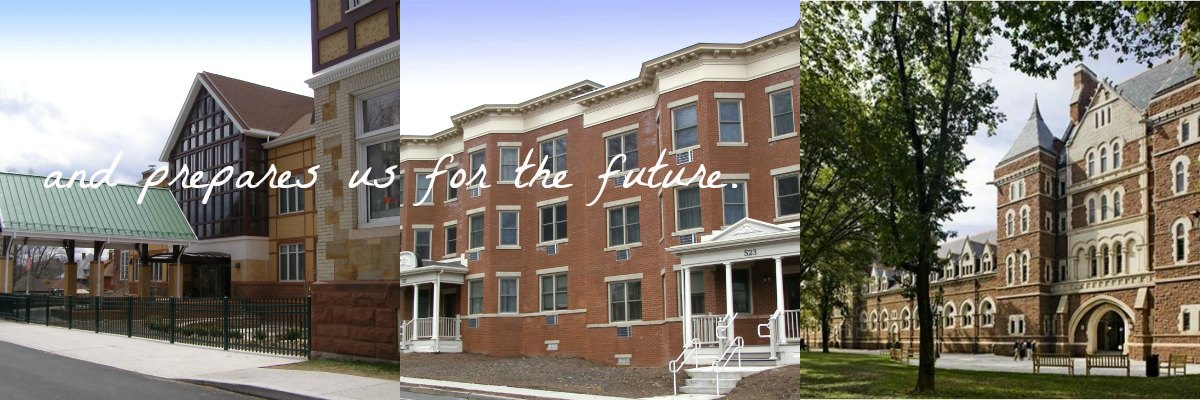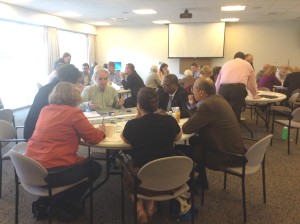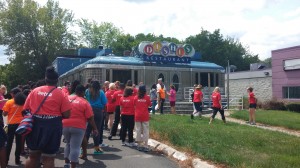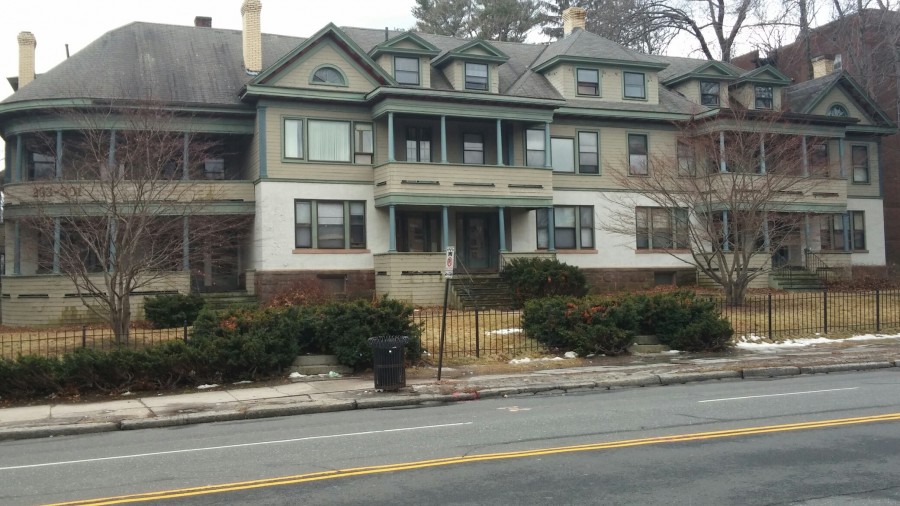Early in 2015 the Hartford Preservation Alliance and the Hartford Business Improvement District joined together to address the question posed by a desire to improve the Farmington Avenue corridor between Sigourney and Woodland Streets. What is necessary to bring about a change along the corridor and contribute to community economic development for Asylum Hill? Our determination to gather many collaborators allowed us to seek wide-ranging opinions and to encourage a diverse mix of ideas. With the help of a consultant our collaboration produced “The Farmington Avenue Comprehensive Community Plan, A Framework for Action.” Our challenge was to create a vibrant, pedestrian friendly and safe Farmington Avenue corridor between Sigourney and Woodland Streets with a high quality and diverse mix of commercial, cultural and residential offerings. We wished to create a cohesive identity where commercial and residential buildings complement the rich and architectural heritage. Along the corridor sit six vacant and abandoned historic properties which, among other sites, posed tremendous opportunity for revitalization.
Among the signature properties is the Comet Diner. Built, or rather delivered, in 1948 the classic stainless steel diner has been a destination and a beacon on Farmington Avenue providing food, drink and hospitality since it opened as the Aetna Diner. Times and urban demographics changed ultimately causing the diner to close its doors ten years ago. The owners have been frustrated with a reuse of the property and therefore recently determined that the building needs to be demolished. Unfortunately their strategy is to invite a reuse involving big box retail. Perhaps the destruction of the Comet Diner would drive a spike into any hope for a revitalization of the Farmington Avenue corridor. For decades the diner has been a destination even when sitting vacant and abandoned. There exists an architectural cohesion while it sits empty. Yet to destroy this bit of history takes away one more icon from Hartford and therefore eliminates more of the historic fabric of Hartford.
The Comprehensive Community Plan pivots on the preservation and adaptive reuse of the Comet Diner.
A recent application to demolish the Comet was withdrawn by the owners to be considered at a Hartford Historic Preservation Commission hearing. Within days the Hartford Preservation Alliance worked diligently to alert the public that such an action was being taken. Within two days we had marshaled the public to protest the demolition request. We won the skirmish but the battle is far from done. It is now incumbent for Hartford and the preservation community to find an adaptive reuse this needs to be a practical solution for community economic development.
Please keep in touch with our effort to “Save the Icon”. We would welcome any suggestions of a reuse or ideas of what might be done with the Comet.
“People need to believe it’s a great place . . . We need a positive campaign. Then perceptions and perspective will change. Begin by taking the randomness out of the neighborhood and then gradually adding resources; whether a bike or walking trail, new vendors or creating the same look and feel . . .
When we do this folks will believe in the potential, have a sense of pride and invest in the area’s future.”
Floyd Green, Vice President, Aetna, Inc.
Community Relations and Urban Marketing












